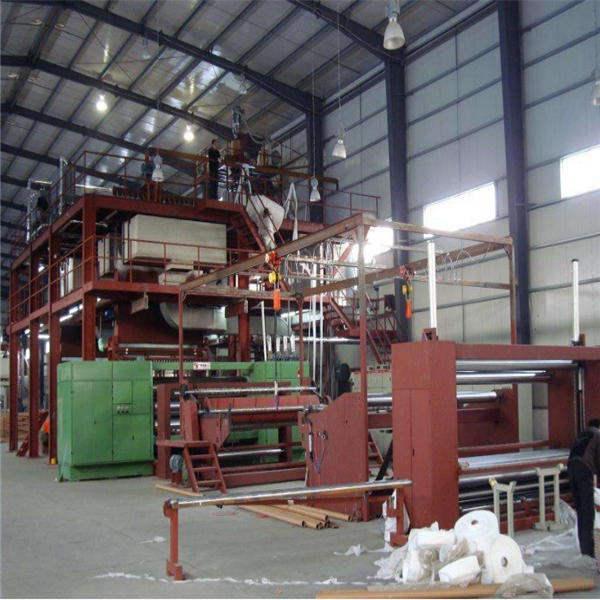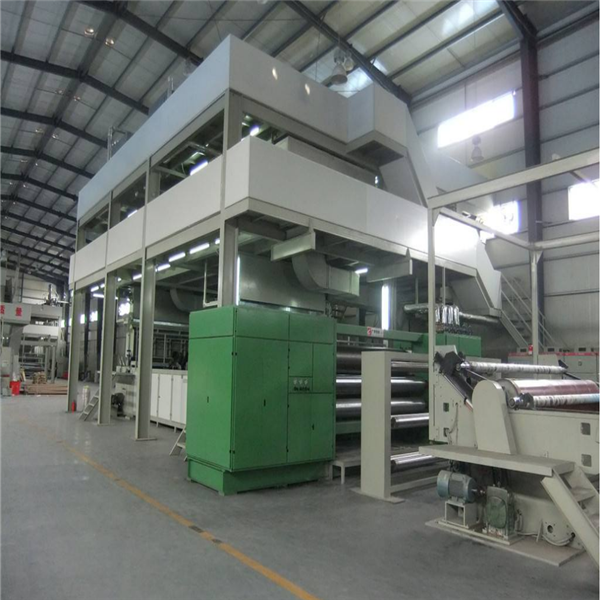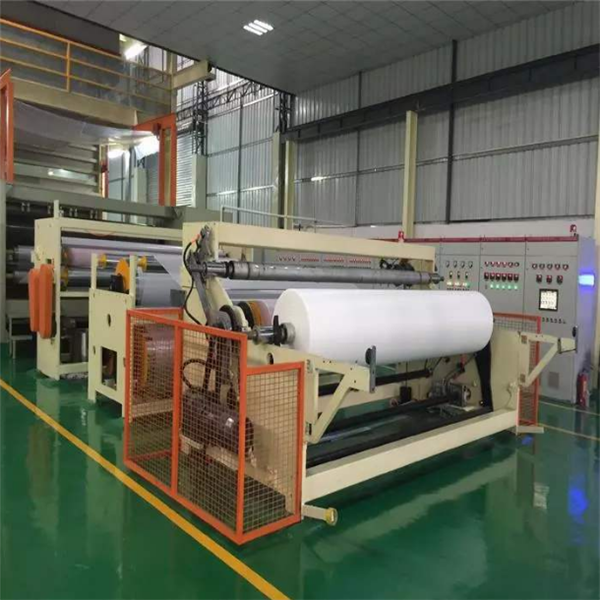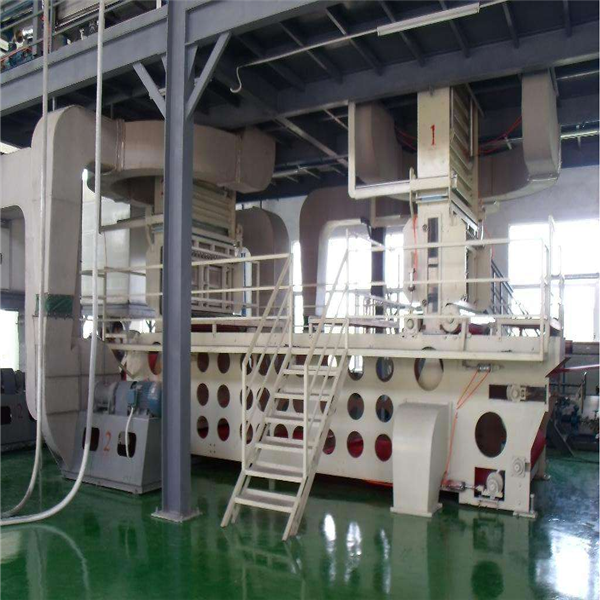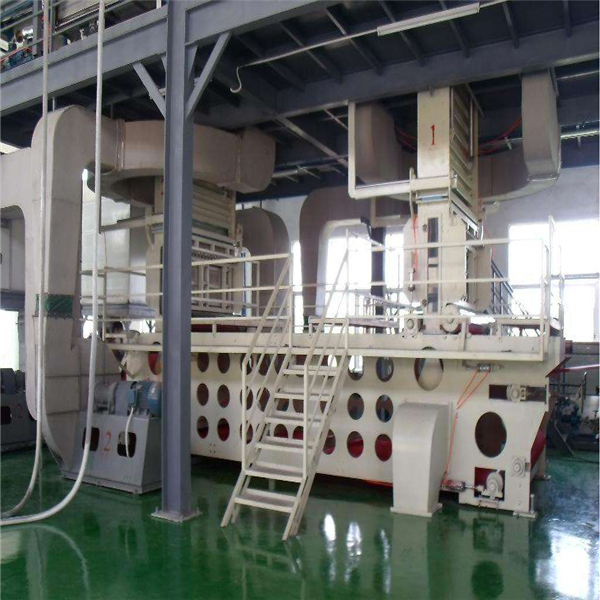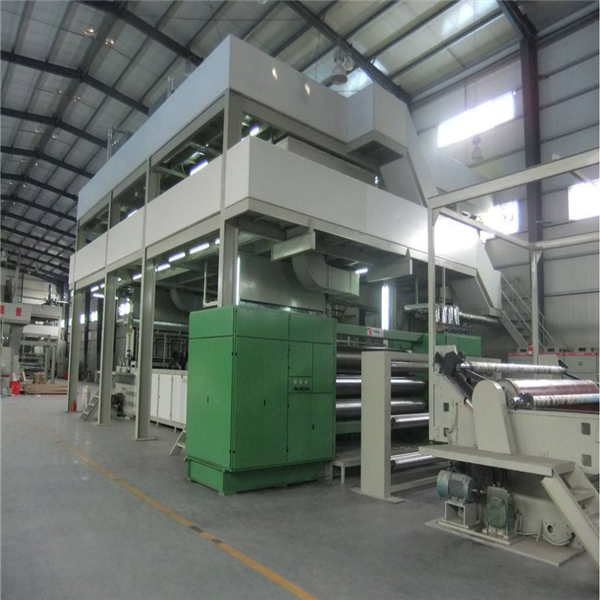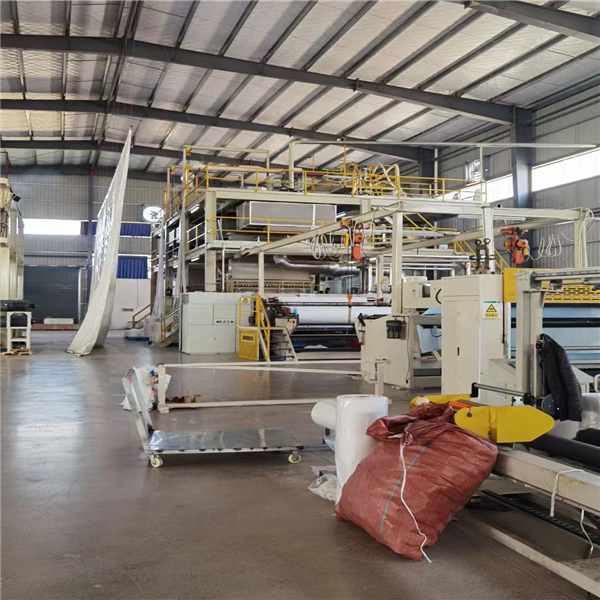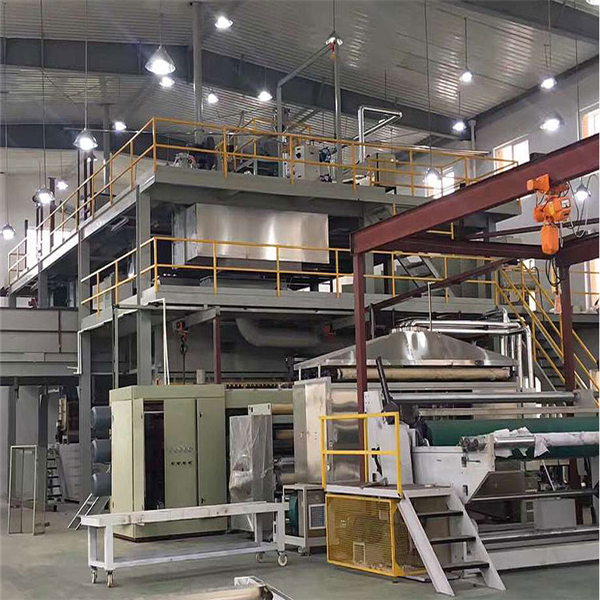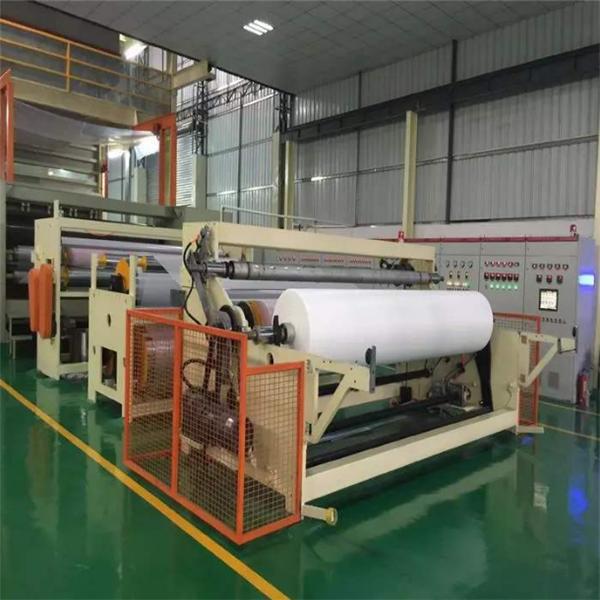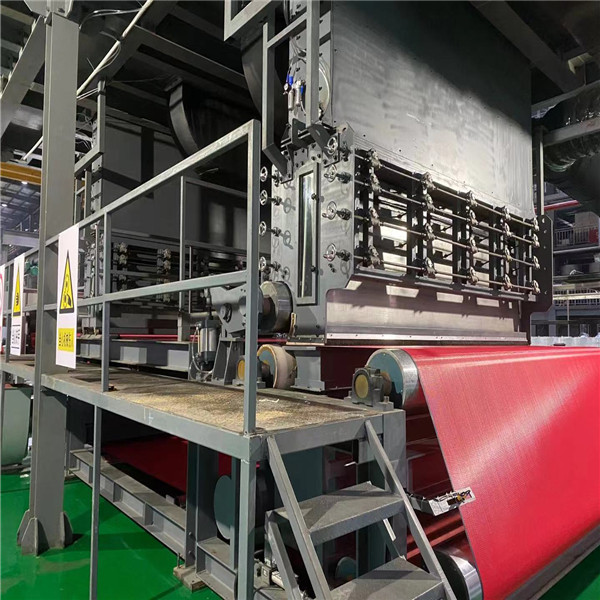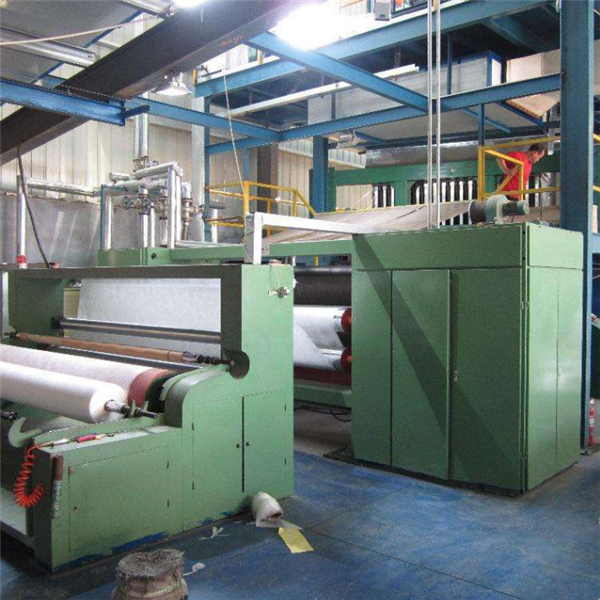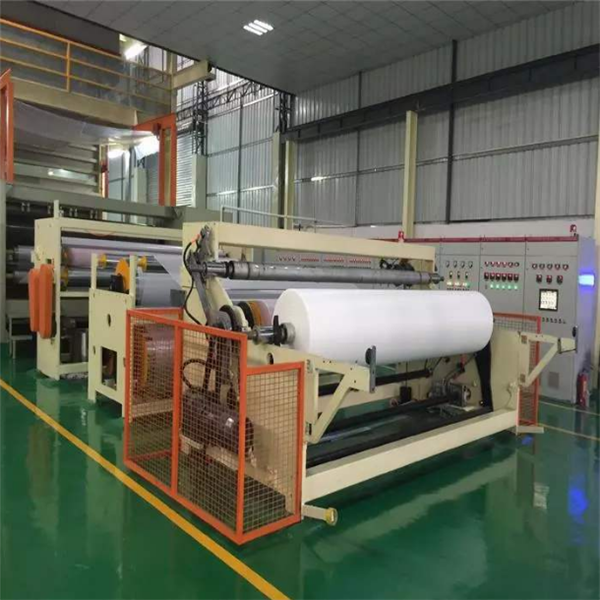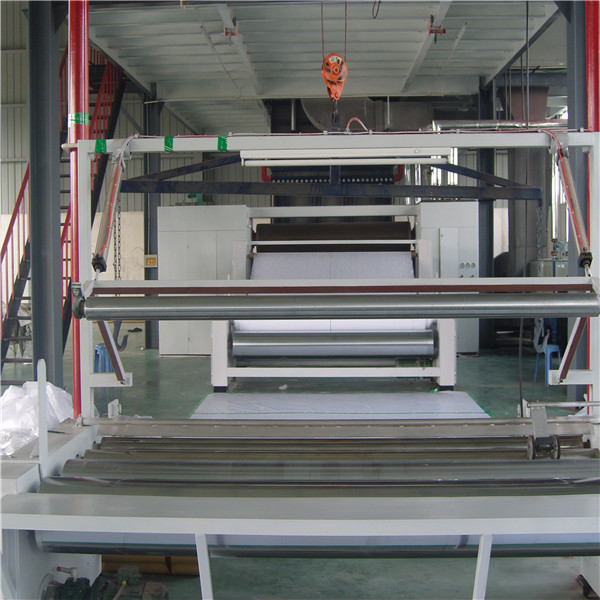Non-woven fabric production line Melt blown fabric production line Non-woven fabric machinery
Non-woven fabric production line Melt blown fabric production line Non-woven fabric machinery
Process introduction of various non-woven fabrics
Spunlace non-woven fabric: The fiber web is impacted by high-pressure water, and the entanglement of the fibers under the high-pressure action is used to form it, and it has a very good structural strength.
Heat-bonded non-woven fabric: Reinforcing materials are added to the fiber web, and then the fiber web is heated and molded and then gradually cooled to reinforce it into a heat-sealed non-woven fabric.
Air-flow non-woven fabric: The irregular fiber material is guided by the airflow of the copper drum, bonded and aggregated on the surface of the net and then reinforced, to form an air-flow non-woven fabric.
Wet non-woven fabric: Put different fiber materials in water for mixing treatment to form a suspended slurry suspended in water, and then collect these suspended slurry into a web forming machine for processing. Since this molding method is carried out in a wet state, it is called a wet non-woven fabric.
Spunbond non-woven fabric: The fiber polymer is drawn into a series of filaments, and these filaments are spread out to form a net, which is made by various bonding methods such as chemical bonding, mechanical bonding, and thermal bonding. forming.
Non-woven machine installation diagram
Non-woven machine specifications
| SS(Prodnct width) | 1600mm | 2400mm | 3200mm |
| Equipment | 29x13x10m | 30x14x10m | 32x15x10m |
| Speed | 350m/min | 350m/min | 30m/min |
| Gram Weighht | 10-150g/m2 | 10-150g/m2 | 10-150g/m2 |
| Yield(Products according to 20g/M2) | 9-10T/Days | 13-14T/Days | 18-19T/Days |
| ITEM | EFFECTIVE WIDTH | GSM | ANNUAL OUTPUT | EMBOSSING PATTERN |
| S | 1600MM | 8-200 | 1500T | Diamond, oval, cross and line |
| S | 2400MM | 8-200 | 2400T | Diamond, oval, cross and line |
| S | 3200MM | 8-200 | 3000T | Diamond, oval, cross and line |
| SS | 1600MM | 10-200 | 2500T | Diamond, oval, cross and line |
| SS | 2400MM | 10-200 | 3300T | Diamond, oval, cross and line |
| SS | 3200MM | 10-200 | 5000T | Diamond, oval, cross and line |
| SMS | 1600MM | 15-200 | 2750T | Diamond and oval |
| SMS | 2400MM | 15-200 | 3630T | Diamond and oval |
| SMS | 3200MM | 15-200 | 5500T | Diamond and oval |
Maintenance and maintenance measures of non-woven equipment
Maintenance and maintenance measures of non-woven equipment
1. Lubricating oil and engine oil should be added regularly to all oil filling points of the equipment. The timely replacement of lubricating oil and engine oil can effectively ensure the smooth operation of the machine and reduce the probability of failure.
2. The parts with tightness requirements should be checked in time every day. If there is a fault or problem, it should be repaired or replaced as soon as possible.
3. The chamber body guard plate of the non-woven equipment should be checked daily, and if it is damaged, it should be replaced in time.
4. The parts of the shot blaster guard plate, blades and impellers, directional sleeves, and blasting wheels must be inspected twice per shift. If any damage is found to the above parts, they must be replaced in time.
5. Electrical systems and transmissions need to be inspected twice a week to ensure the normal operation of the power system and prevent short circuits.
6. Regularly conduct clean and hygienic inspections, check the internal parts of the machine, and find foreign objects and pollution that should be cleaned up in time to avoid clogging in the machine body and affecting operation.

